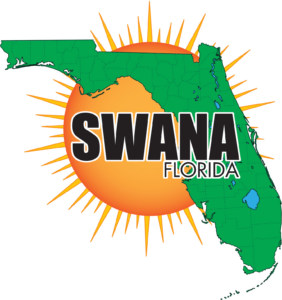SWANA Submits Comments on Proposed EPA Regulations on Emissions and IRS Energy Tax Credit Definitions
April 1, 2024 – The Solid Waste Association of North America (SWANA) recently submitted comments on two sets of US Environmental Protection Agency (EPA) draft regulations regarding large municipal waste combustors (LMWCs)
and municipal solid waste (MSW) landfill emission factors, as well as Internal Revenue Service (IRS) regulations on energy tax credits for biogas property.
The EPA is proposing amendments to new source performance
standards (NSPS) and emission guidelines (EG) for LMWCs, also known as incinerators and waste-to-energy facilities. The proposed regulations would apply to units that have the capacity to combust more than 250 tons per day of municipal solid waste.
Waste combustion facilities play an important role in several integrated waste management systems. Many communities depend on this critical infrastructure to process their municipal waste and provide a local source of electricity.
SWANA testified at an EPA hearing on the issue in February 2024 and submitted comments on these proposed regulations on March 25 to express concerns with the EPA’s approach to the data used to inform the new regulations, the EPA’s failure to conduct the required Residual Risk
analysis, and the limited public comment period. The comments also addressed many details of the proposed regulations, the basis of the regulations, and the ability of impacted facilities to comply.
The EPA also released proposed new emission factors for MSW
landfills. The EPA published AP-42, Compilation of Air Pollutant Emissions Factors from Stationary Sources, to provide emissions factors for over 200 air pollution source categories, which are specific industry sectors. The updates to AP-42
Chapter 2, Section 4 addresses MSW Landfills. The emission factors under AP-42 need to include the ability to utilize site-specific inputs to reflect the wide variation in landfill types, sizes, waste acceptance practices, gas collection systems efficiencies,
and locations.
SWANA partnered with the National Waste & Recycling Association (NWRA) to submit comments on these proposed regulations. The comments address a range of concerns, including definitions, clarifications, and data used.
SWANA also supports the goal of converting methane to renewable natural gas by submitting comments with NWRA on the IRS Definition of Energy Property and Rules Applicable to the Energy Credit; Correction. SWANA previously submitted comments on the initial draft rules and testified at an IRS public hearing to advocate for gas upgrading equipment
to be included in the definition of qualified biogas property.
In response to many industry requests for the change, the IRS published a correction which clarifies the exclusion of gas upgrading equipment from the definition of qualified biogas property to explain that gas upgrading equipment would be energy property
if it is an integral part of an energy property. SWANA is concerned that the correction notice continues to narrow the scope of the definition and would exclude significant investments being made in equipment that processes and upgrades raw landfill
biogas into renewable natural gas (RNG). The comments submitted by SWANA and NWRA request the IRS to clarify that all property comprising cleaning and conditioning equipment, including gas upgrading equipment, are functionally interdependent components
of a single unit of energy property.
If you have any questions or want to learn more, contact Kristyn Oldendorf at koldendorf@swana.org.


